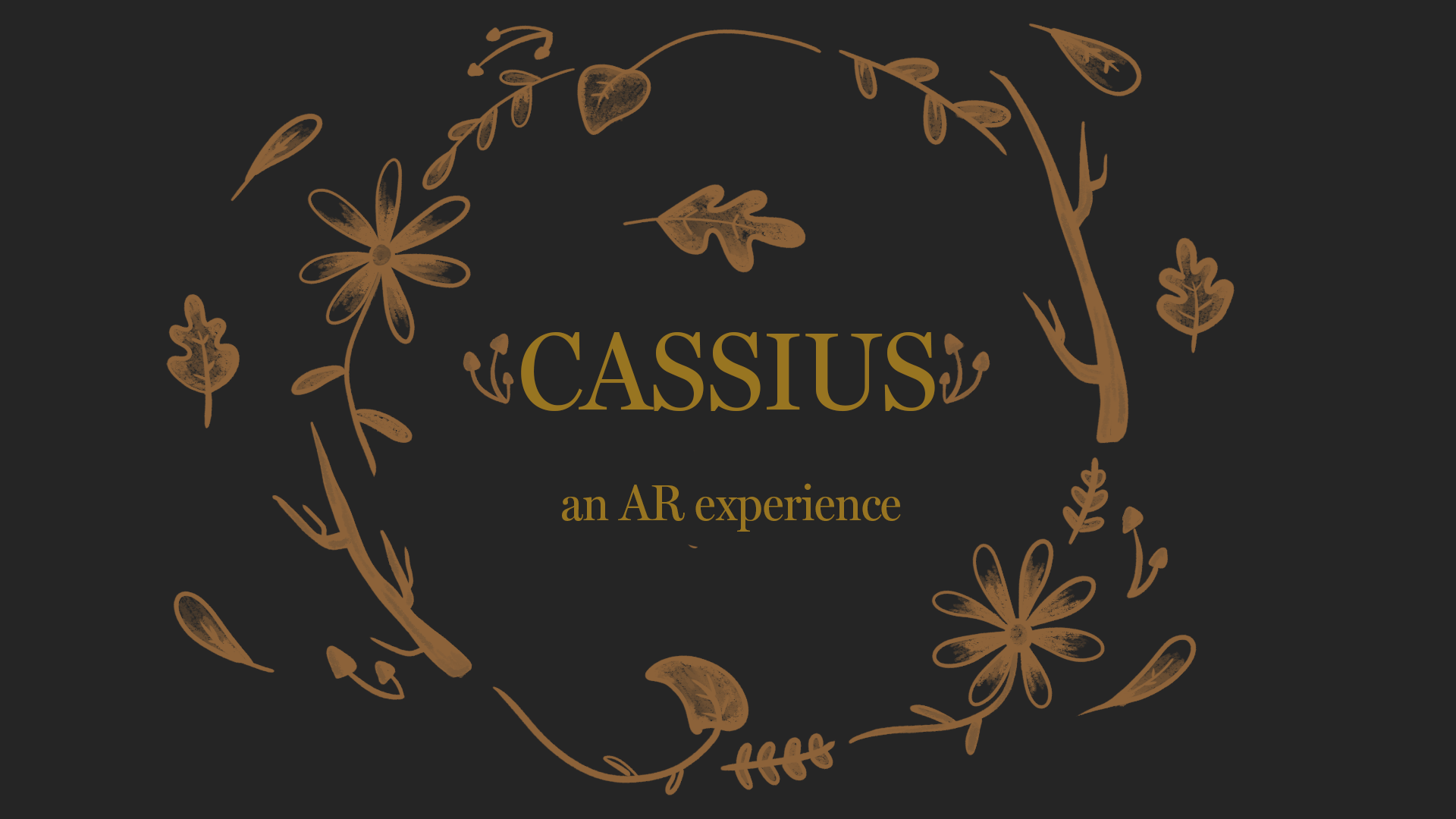Postmortem
What went right:
What our game succeeded in was the storytelling, player experience and art direction as well. Our main focus while creating the game was to making a calming experience instead of a stressful one. However, experimenting with AR, made it more of a challenge we were willing to tackle. As we made our first iteration, the stress derived from our main mechanic, which was scanning bridge and stair cards to place it in the scene between two floating platforms in order for the player to progress in the game. But, we took that out in order to make it less stressful on the player. Using calming, instrumental music, simple game mechanics, and muted colors within the environment, we were able to create a calming world in which the user can immerse themselves in.
For the story, we were able to incorporate it smoothly in the game. At first, we were concerned about whether or not a story would fit nicely in an AR game, but it did work out well. Being the head of the story, I wanted to structure it so when you start the game, you are put into this world not really knowing what is going on. Moreover, as you start to progress in the game, collecting random robot body parts, you unlock stories of her past. This gives the player context on why you are playing this lost girl and it gives you purpose in collecting these parts.
Art was another success in the game. Justina, who 3D modeled, made a smart move and rounded the corners of the platforms and trees to make it more stylized and organic looking. We also made the decision to go for muted colors to compliment the sad story being told.
What went wrong:
Several things didn’t work in the game that we had planned it to. One major bug was the player movement and image recognition mechanic. When the player scanned the chapter cards to spawn the level they are on, sometimes, the level would spawn at a vertical angle, the scaling of the level would change or the level would spawn high up in the world. Furthermore, Justina and I originally had planned for the main mechanic of the game to be focused on building. Thus, our idea was the use image recognition, just like the chapter cards, but using the bridge and stairs cards to appear in the world. Using that, we wanted the player to move the card around in order to place the bridge or stairs in the game between the platforms. This would’ve given the player more agency and flexibility making it more of an entertaining game. But, with weeks of trying to fix this mechanic, and quickly running out of time, we had to cut it. For the player movement, the player would often get stuck on the stairs making the experience a bit more stressful than planned. The character would also spawn on three platforms ahead in the level instead of the starting point. Which obviously messed up the gameplay.
Next Steps:
The next steps for out game would be polishing the player movement, pushing the story and visuals more, fix bugs in the mechanics and to add more diversity within the levels. Polishing player movement would help the efficiency of our game a lot. Right now, the problem is that the player movement is frustrating because it would glitch, not register the tap and moves slowly on the stairs. Furthermore, being the head of story and art, I really want to push that. I want to see how can we incorporate the story more in AR instead of having the story appear in between. I also wanted to take advantage of the story and incorporate it more into the environment. For example, because a part of the story is the main character’s village burning down, it would make sense if showed the forest burnt, smoke in the air, fire still roaring. It would add drama and invoke different emotions in each level. Fixing the mechanic of having the bridge and stair cards to actually spawn the objects in the scene and allowing the user to move it around in the real world is a missed opportunity that we could’ve fixed. This would’ve added more agency for the player as well as strategy. We also would want to add more object to spawn in the scene to help the player progress in the environment like ramps, ropes, etc. Also, limiting the amount of times the player can spawn an object would improve the gameplay because it will make it challenging and make the player have to come up with strategies on how they should use their items wisely.
Get Cassius
Cassius
| Status | Released |
| Author | Nicole Polidore |
More posts
- Full Gameplay!Dec 13, 2019
- Game JournalDec 13, 2019
- DevlogDec 12, 2019
